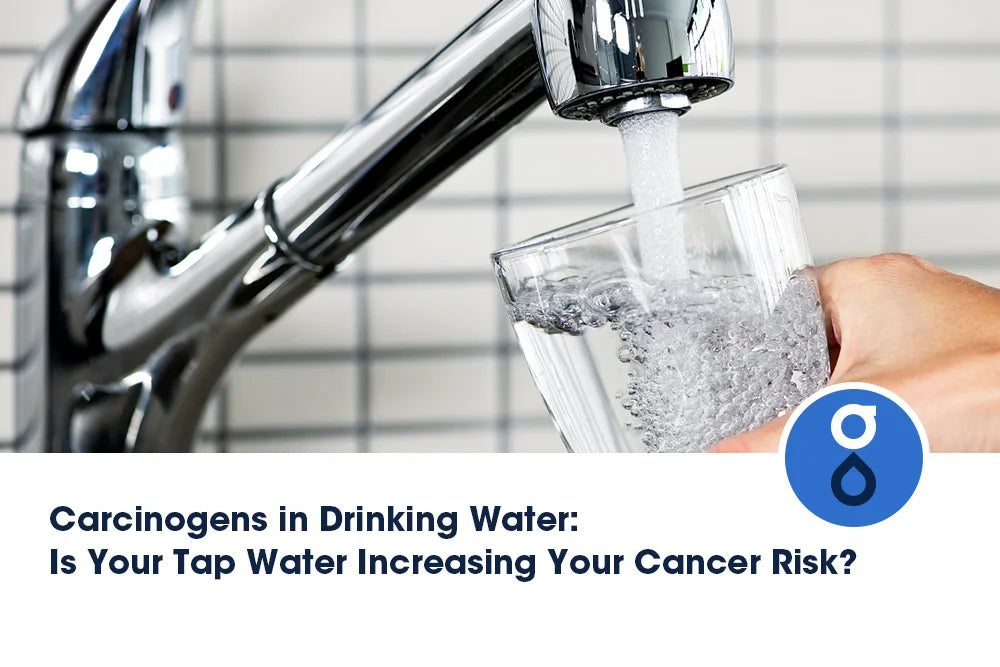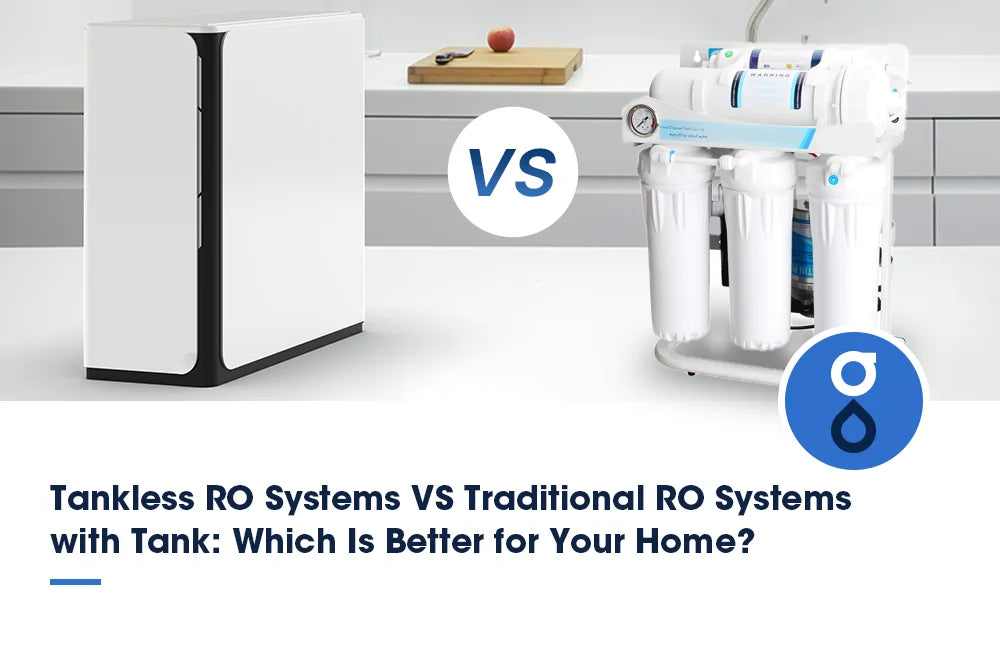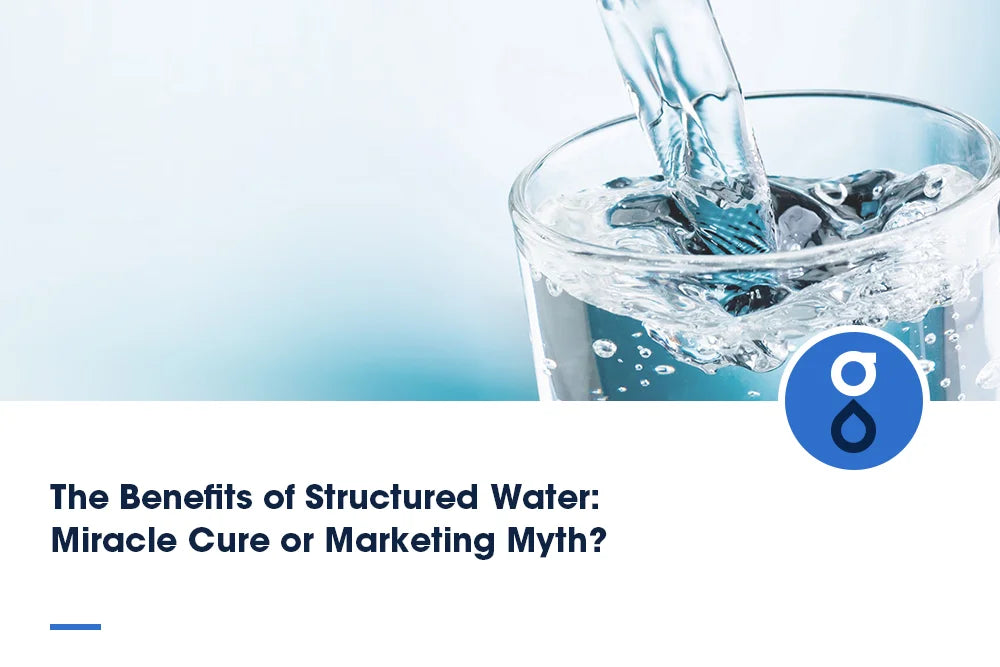Table of Contents:
What are carcinogens?
Sources of carcinogens in drinking water
Common carcinogens contaminants in drinking water
Health risks associated with carcinogens contaminants
Strategies to reducing exposure to carcinogens in drinking water
FAQs
Conclusion
You've probably heard about the dangers of carcinogens, but have you ever considered what's in your tap water? It's alarming to think that every time you fill a glass, you could be exposing yourself to harmful substances linked to cancer: heavy metals, industrial waste, disinfection byproducts, all potential intruders in your drinking water. And while there are regulations, they are sometimes enough to stop these contaminants. So, what can you do about it? Stick around; there's more to uncover.
What are carcinogens?

Imagine your body as a battleground, constantly fighting against invisible invaders. These invaders, known as carcinogens, can disrupt this battle and tip the scales in favor of disease. Carcinogens can initiate various cancer types, and unfortunately, they're found in many places, including your drinking water.
Water purification methods aim to remove these harmful substances but must be consistently more effective. Even when they are, regulatory standards for what's considered 'safe' can vary greatly. So, even if your tap water meets these standards, there's a chance it could still contain carcinogens.
Testing methods for these harmful substances are advancing, but they're not infallible. False negatives can occur, meaning carcinogens might lurk in your water without you knowing. This is where public awareness comes into play. By understanding carcinogens and how they can infiltrate your water, you're better equipped to protect yourself and your loved ones.
Sources of carcinogens in drinking water
Surprisingly often, carcinogens find their way into your drinking water through various sources. Consider industrial runoff. Factories often discharge waste materials into water bodies, unknowingly introducing cancer-causing substances into your water supply.
Another major culprit is agricultural practices. Pesticides and fertilizers can contaminate groundwater sources, indirectly contributing to the carcinogen levels in drinking water. Wastewater discharge is another key factor.
Often, it's not just external sources that are the problem. Carcinogens can also come from within your home. Plumbing materials, especially old or poorly maintained ones, can leach harmful substances into your water. Even municipal treatment, designed to protect your water, can sometimes contribute to the problem. Certain disinfection byproducts may increase your cancer risk. Here's a glance at the common sources:

Remember to be vigilant about where your water comes from and how it's treated. Your health could depend on it.
Common carcinogens contaminants in drinking water

Now that you know where these harmful substances can come from, it's equally important to understand what specific carcinogens you may find in your drinking water.
- Heavy metals: These are frequently found in water due to natural geological processes and human activities, such as mining and manufacturing. Lead, arsenic, and mercury are common examples.
They're not easily removed through standard water treatment processes and pose a significant risk to your health.
- Agricultural runoff: This is often laced with pesticides, herbicides, and fertilizers, which can seep into groundwater. Many of these substances are established carcinogens.
- Industrial waste: Many industries discharge chemical pollutants into water bodies. These can include known carcinogens like benzene, vinyl chloride, and polychlorinated biphenyls (PCBs).
- Byproducts of water treatment: Ironically, the process intended to make water safe can introduce carcinogens. Disinfection byproducts, such as trihalomethanes and haloacetic acids, form when chlorine reacts with organic matter in water.
Knowing these common contaminants is vital to better understanding the potential risks lurking in tap water. This knowledge can empower you to take the necessary steps to ensure your water's safety.
Health risks associated with carcinogens contaminants
Drinking water contaminated with carcinogens poses serious health risks. You've probably heard cancer statistics and may wonder what factors contribute to these figures. The answer often lies in your environment, including what you drink. Carcinogens in drinking water are a significant concern due to their health implications. Here are a few things you mightn't realize about this issue:
- Exposure can lead to various types of cancer, such as bladder, kidney, and colorectal.
- The risk isn't limited to direct consumption. You can also be exposed through bathing, cooking, and washing.
- Even at low levels, long-term exposure can be harmful.
- Some carcinogens are odorless and tasteless, making them hard to detect without proper testing.
Water filtration can help reduce your risk, but more complete solutions exist. Regulatory standards exist but can't guarantee absolute safety as new carcinogens are continually being identified.
Therefore, public awareness about the potential risks is crucial. Knowing about the carcinogens in your water and their effects on your health can empower you to take necessary precautions and advocate for cleaner, safer water.
Strategies to reducing exposure to carcinogens in drinking water
As you venture into the fight against carcinogens in your drinking water, staying informed is the first and most effective strategy. Knowledge is power, so understanding these harmful substances' potential sources and effects can significantly enhance your ability to protect yourself. Here's how you can reduce exposure:
- Filtration techniques: Invest in a quality water filter like reverse osmosis system. Different filters can remove various contaminants, so choosing one designed to eliminate specific carcinogens in your water is crucial.
- Boiling water: While it's not a catch-all solution, boiling can kill bacteria and other organisms. However, it doesn't remove chemical pollutants.
- Regular testing: Conducting regular tests helps you monitor the water quality and ensures the effectiveness of your filtration system.
- Municipal regulations: Stay updated on your local water regulations. Contact your water provider if your water source doesn't meet these standards.
Lastly, raise public awareness. Share with your community the importance of clean water, the risks of carcinogens, and the steps to ensure safe drinking water.
FAQs
Does bottled water also contain carcinogens?
Yes, bottled water can contain carcinogens. Despite water quality standards and health regulations, you're only partially safe. Carcinogen exposure might come from plastic leaching, compromising bottled water safety. Always research your water sources; it's essential.
How often should I test my home`s water for carcinogens?
You should test your home's water for carcinogens annually. Regular testing ensures water quality meets health standards, identifies contamination sources, and helps choose appropriate testing methods. Don't neglect this - your health's at stake.
Conclusion
Your tap water could be increasing your cancer risk due to carcinogens. These harmful substances come from sources like industrial waste and old plumbing. Although regulations exist, they could be more foolproof. Regular water testing and effective filtration are the key to reducing your exposure. Stay informed, be proactive, and remember, the health of you and your loved ones is at stake. Don't let your tap water be a hidden health hazard. Visit Glacier Fresh to find more water filtration solutions.


















